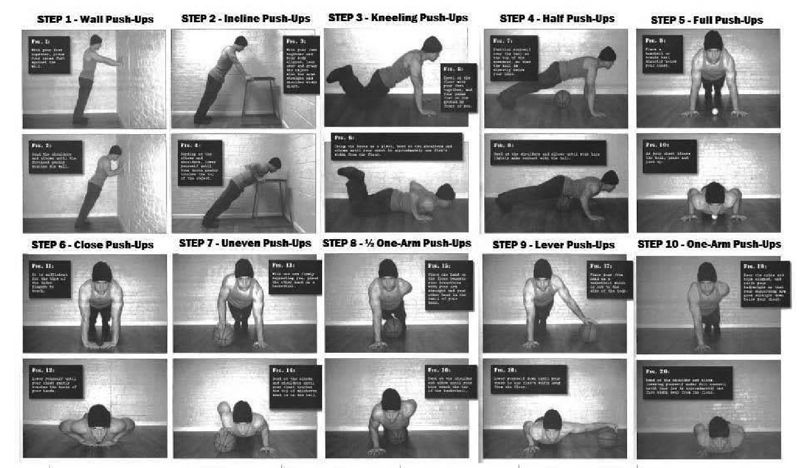Recently (less than a month ago) my daughter came to me and said “appa, this December you’ll be turning 40. Then you will start becoming old”. Instinctively I got a little upset, and then gave her a little lecture on how aging is a continuous process, and not a discrete one.
That how much I age between 38 and 39, and between 39 and 40, and between 40 and 41 is not so different. You age just a little more each year, but well at a faster rate (aging is nonlinear). And so using an arbitrary cutoff like 40 is not proper, I told her.
But then, thinking about it, I realised that my daughter is not alone in feeling this way. I actually remember, back in the day, calling my father “old” when he turned 40. Maybe it was due to his grey hair. Maybe because most sportspersons retired well before 40 (that said, Martina Navratilova and John McEnroe were both very much active then (1992-93) ).
I don’t think my father gave me a lecture on continuous aging, but I remember him feeling rather annoyed that I had called him “old”.
And then recently an aunt sent a photo to one of my family WhatsApp group. It featured my parents, and they were 42 when the photo was taken. And in that, my father visibly looks old.
Now, we had bought our “family camera” by then (a Canon SnappyQ), but we seldom took photos, so I don’t have too many recollections of what my father looked like at that age. I frequently see family albums from 1990 and 1992 (some vacations), and from much later in the 90s, and there is a discontinuity in how my father looks in both (grey and thinning hair, paunch, etc.).
What this 1995 photo that my aunt sent recently showed me is that by then my father already looked much closer to what he looked like in his late forties and early fifties (he didn’t live much longer beyond that) than what he looked like in his thirties.
I would be lying if I were to say that the picture didn’t scare me. And instinctively I felt a bit better about calling him “old” when he was 40. And I felt a bit better about my daughter saying that “this december I will start becoming old”.
Then again I’m starting to wonder what I can do to not suddenly start aging now. Hair volume and colour I have no control over. General fitness I guess I do. Or maybe not – I have too much of a sweet tooth.
On which point I need to go full bimodal about food – as things stand I end up having “a little” junk food and “a little” alcohol on most days, but in terms of returns in terms of feeling good, I’m not sure if this is the best strategy. Should I go barbell instead?
PS: In most places where I need to submit a photo, I use one that was taken when I was 36, when an old friend was trying to build a career in portrait photography and used me as a guinea pig. I wonder how long I can use that.
